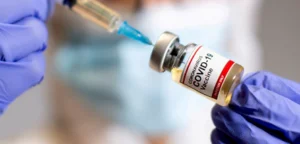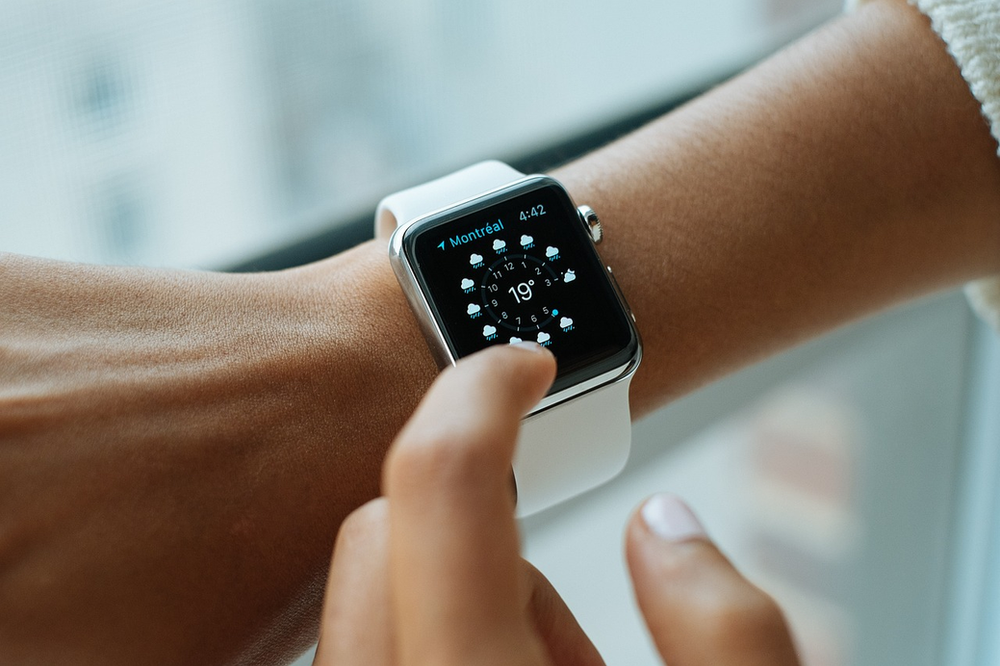– Shantanu Mukherjee and Anushka Iyer[1]
RECAP & INTRODUCTION
In a world where watches and rings can continuously monitor essential human biomarkers, the distinction between a fitness wearable and a medical device, and that between a patient and a consumer, has significantly blurred. While new wearable devices like smart watches and rings continue to be introduced in the market at an exhausting pace, the regulatory framework struggles to keep up with technological developments. This raises the question of whether (and if so, when) a wearable device should be categorized as a medical device or if they should be treated differently for regulatory purposes.
In Parts 1 and 2 of our series, we unpacked the legislative framework surrounding fitness wearables in the US and EU. In this Part 3, we attempt to analyse the regulatory and legal issues surrounding smart wearables in India.
REGULATION OF SMART WEARABLES AS MEDICAL DEVICES IN INDIA
The Drugs and Cosmetics Act, 1940 (“DCA”) read along with the Medical Device Rules, 2017 (“MDR”), and other allied rules govern the standards of quality and safety of medical devices in India. The Central Drugs Standards Control Organisation (CDSCO) is the central regulatory body responsible for approval and quality control of drugs, conduct of clinical trials, grant of licenses, and the uniform implementation of the provisions of the DCA, and the rules made thereunder.
The scope of the DCA and MDR was, until recently, restricted only to certain categories of medical devices specifically notified as ‘drugs’ by the Central Government (also referred to as ‘notified medical devices’).
However, on February 11, 2020, the Government, in consultation with the Drugs Technical Advisory Board (“DTAB”), issued two notifications simultaneously – the first extended the scope of medical devices to any device that came within the expansive definition of a medical device,[2] and the other notified the Medical Device (Amendment) Rules, 2020 (“MDR-20”).[3]
The effect of these two notifications read together, was that all medical devices were brought under the purview of the D&C Act with effect from April 1, 2020, and the universe of regulated medical devices grew overnight from thirty-seven to an indeterminate number, as manufacturers scrambled to understand whether devices already being marketed by them came within the new definition. Eventually, the Ministry of Health and Family Welfare (“MoHFW”) decided to regulate medical devices that fell under the new definition in a phased manner based on the risk associated with the device.
What is a Medical Device?
The new notification modified the definition of medical devices under Section 3(b)(iv) of the D&C Act to mean “an instrument, apparatus, appliance, implant, material or other article, whether used alone or in combination, including a software or an accessory, intended by its manufacturer to be used specially for human beings or animals which does not achieve the primary intended action in or on human body or animals by any pharmacological or immunological or metabolic means, but which may assist in its intended function by such means for one or more of the specific purposes of ―
1. diagnosis, prevention, monitoring, treatment or alleviation of any disease or disorder; or….
2. diagnosis, monitoring, treatment, alleviation or assistance for any injury or disability; or….
3. investigation, replacement, or modification or support of the anatomy or of a physiological process;……..”
The words “used alone or in combination, including a software or an accessory,” indicate that under the MDR, a medical device includes software, to the extent the software has an intended purpose linked to the ‘specific purposes’ listed above. However, the Indian legislation or the regulators do not explicitly differentiate between Software in a Medical Device (“SiMD”) and Software as a Medical Device (“SaMD”).
As per the US FDA, SiMD includes software that is generally embedded within a hardware device or forms a part of it and is used to control the hardware device or is an integral accessory to the hardware device. SaMD includes software that has its own independent use and operates in a standalone manner.
This suggests that apps developed by health tech companies that work with registered medical devices may also need to be registered in the same category as the medical device itself.
In addition to the above, the MDR includes “investigation of the anatomy or a physiological process” within the definition of a medical device. Arguably, this means that if a smart wearable constantly tracks a physiological process such as blood circulation by measuring one’s heart rate, as is common for several smart watches these days, they can, in principle, be classified as a medical device. But the qualifying words “intended by the manufacturer” are crucial for they mean that the manufacturer’s intention is essential to determine the nature of a medical device.
Intended Use and whether smart wearables are considered medical devices?
Most smart wearables track essential bio-markers such as a user’s heart rate, oxygen and glucose levels, activity, and location and even allow users to log data about their nutrition, and menstruation, all of which can be accessed using an app on their phone, which is connected to, or capable of extracting information from such wearable. It is also used to provide the user with insights into their health, stress levels, energy levels, sleep, estimated ovulation date, etc.
While a number of such wearables are intended by their manufacturers to be used as fitness or wellness devices, a number of users – such as patients suffering from diabetes or heart conditions may rely on the readings of the wearable to monitor their glucose levels and heart rate, which may act as a preventive measure by allowing them to tailor their nutrition, manage their activity levels, or seek treatment options.
Given that modern wearables (together with their allied apps) perform certain functions that fall within the scope of “diagnosis, prevention, and monitoring of a disease or disorder”, can it be argued that they may be regarded as medical devices for regulatory purposes?
Can smart marketing make all the difference?
In this context, it becomes pertinent to address the concept of intended use versus the function of a medical device. We’ve previously seen that while determining if a wearable is a medical device, the US FDA gives as much importance to function, as it does to the intended use stated by the manufacturer. Thus, where the intended use is stated to be for general wellness purposes, but if such wearable functions as a medical device, the US FDA, in line with its guidance document, encourages manufacturers to obtain regulatory approval for the same.
In the absence of a similar guidance document in India, and with only the definition of a medical device provided under the MDR to rely on, only the intention of the manufacturer may be used to determine whether a smart wearable will be categorized as a medical device.
Could this possibly form the basis of an argument that even if a device functions as a medical device would, but the intended use is not clinical, it should not be regulated as one?
The EU also places more importance on the intended use of a device as opposed to the functionality of a smart wearable. This, in combination with the view taken by ECJ that if the manufacturer does not intend for a wearable to be a medical device, then the function is of little bearing, further demonstrates that marketing and promotional materials surrounding a smart wearable make a significant difference while determining its classification.
CONCLUSION
Regulation of smart wearables does come down to manufacturer’s intent in all 3 jurisdictions – the EU, the US, and India, but to varying degrees.
While the US has placed equal importance on intended use as well as functionality of the medical device in guiding its regulation, the EU emphasizes on the manufacturer’s intent. India, however, provides no context in this regard.
Unlike the US and the EU, where specific guidance for smart wearables has been published, the absence of a specific regulatory framework to clinically evaluate software as a medical device, restricts the CDSCO’s ability to assure the safety of fitness wearables, especially when its role in decision-making may directly impact patient care and clinical outcomes.
When it comes to wearables, regulators must balance their obligations towards consumers and patients against the risk of over-regulating to the point of stifling innovation. There is no bright line yet, but companies which offer certain types of app-linked wearables would be well advised to err on the side of caution when they consider licensing requirements. Inaccuracy in an app that calculates the number of steps one has walked in a day poses little risk, but inaccuracy in an app that calculates one’s blood sugar levels or heart rate would likely be of greater concern to regulators.
REFERENCES:
[1] And Mahir Shaparia, Nandini Pal, Amruth Rao, Shruti Gupta.
[2]Sub-clause (iv) of clause (b) of section 3 of the Drugs and Cosmetics Act, 1940 (23 of 1940) (2021), https://cdsco.gov.in/opencms/opencms/system/modules/CDSCO.WEB/elements/download_file_division.jsp?num_id=NTU0OA==.
[3]Ministry of Health and Family Welfare, Notification dated 11 February, 2020, https://cdsco.gov.in/opencms/opencms/system/modules/CDSCO.WEB/elements/download_file_division.jsp?num_id=NTU0OQ==.















